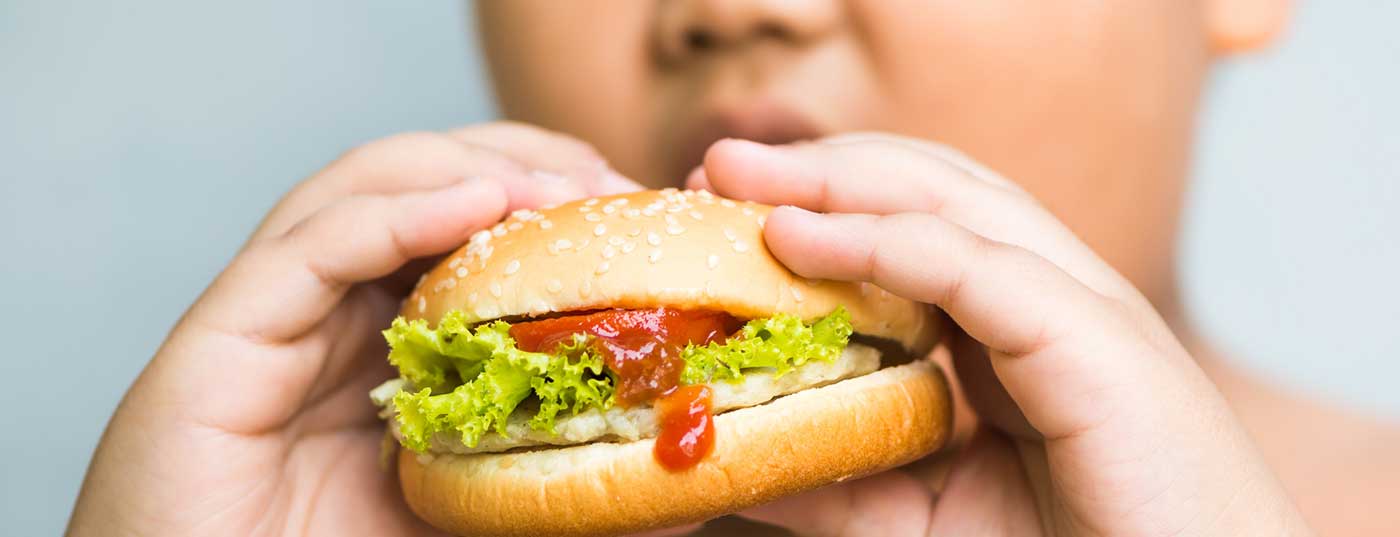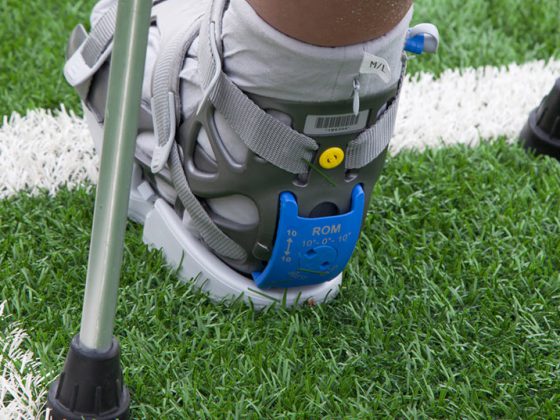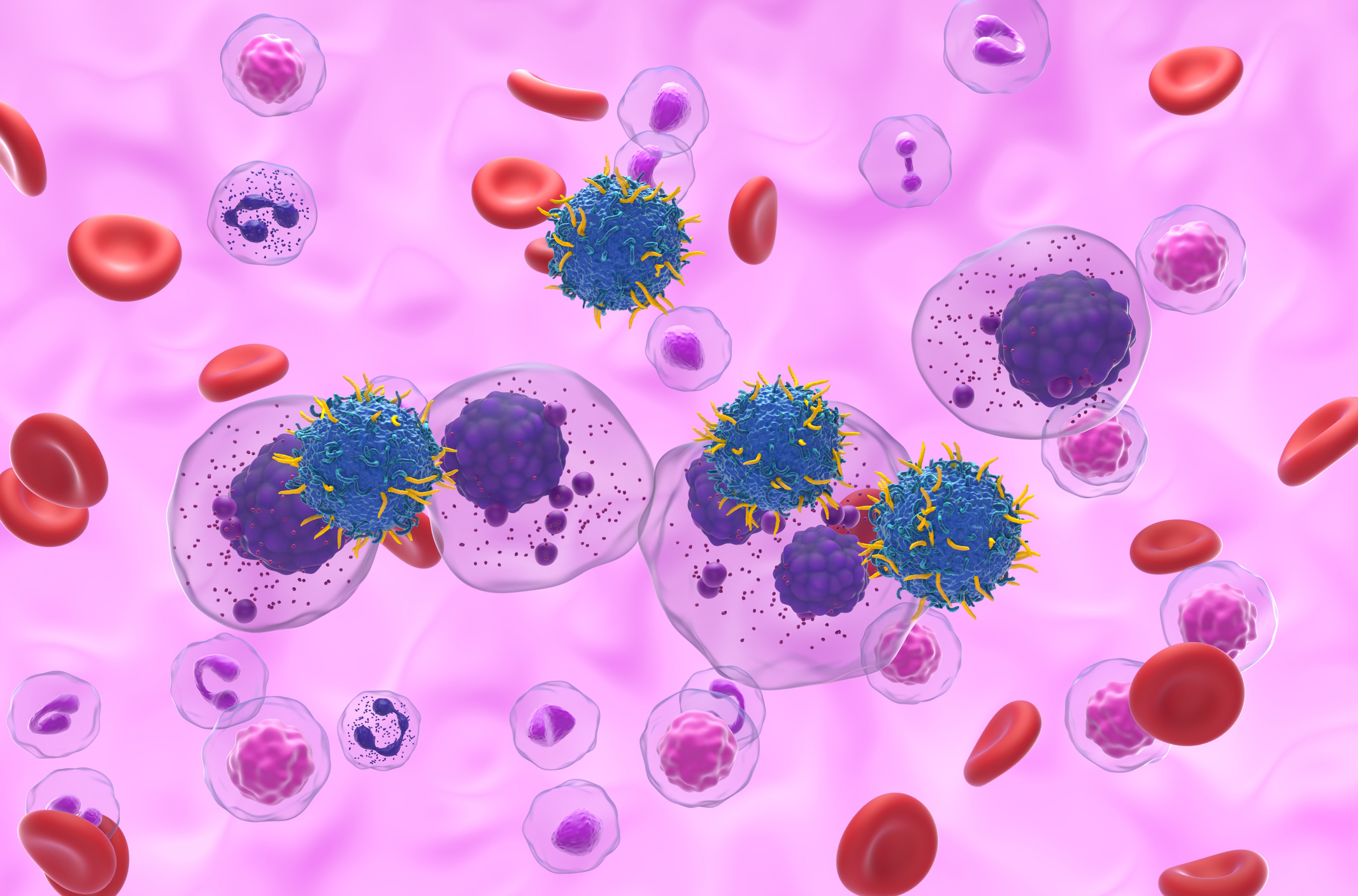Purpose: The purpose of this study was to determine the prevalence and correlates of “food addiction” as measured by the Yale Food Addiction Scale (YFAS) in overweight and obese adolescents seeking treatment for weight loss [1].
Background: “Food Addiction” refers to addiction-like eating behaviors and is diagnosed when at least three of the seven symptoms of YFAS are present and clinically significant impairment or distress is present. To date, there have been few studies that have examined eating behaviors from an addiction perspective in children and adolescents.
PATIENTS AND METHODS: Fifty overweight and obese adolescents aged 14 to 21 years who were in the first two weeks of weight loss treatment in Germany were recruited for the study. In addition to the YFAS, adolescents were administered the following questionnaires: Food Cravings Questionnaire-Trait, Eating Disorder Examination Questionnaire, short version of the Barratt Impulsiveness Scale, and the Center for Epidemiologic Studies Depression Scale. Independent t-tests were used to compare continuous variables between adolescents with and without a diagnosis. Bravais-Pearson correlation coefficients were calculated for the number of YFAS symptoms and continuous variables.
Results: 19 adolescents (38%) were diagnosed with “food addiction.” The diagnosis was associated with higher preoccupation with food, weight, and figure; more self-reported days of binge-eating episodes and cravings; more depression symptoms; and higher scores in attention-based and motor impulsivity. These variables and nonscheduling impulsivity were positively correlated with the number of YFAS symptoms. Adolescents with and without a diagnosis did not differ significantly with respect to gender, age, BMI, rein in eating, and nonplanning impulsivity.
Authors’ conclusions: The results replicate findings available from studies of obese adults. The authors conclude that the YFAS is a suitable instrument for determining “food addiction” in adolescents and that addiction-like eating behavior can be found not only in adults but already in adolescents. Furthermore, attention-based impulsivity in particular could predict the development of “food addiction.”
Comment: The finding that approximately 38% of overweight and obese adolescents received a diagnosis of food addiction at the beginning of weight loss treatment highlights the relevance of the issue. However, the possible causal relationship between attention-based impulsivity and the development of “food addiction” symptomatology must first be clarified in further studies. If shown, specific interventions to better control the impulsivity component could be developed and integrated into therapy for obese adolescents. The limitations mentioned by the authors should be considered in future studies. Thus, larger samples will be studied in order to generalize the results to a larger population. In addition, longitudinal studies should be conducted that do not rely solely on self-reports.
Literature:
- Gearhardt AN, Corbin WR, Brownell KD: Preliminary validation of the Yale Food Addiction Scale. Appetite 2009; 52: 430-436
Further reading:
- Frey L, et al: “Binge eating” as a possible cause of obesity: Praxis 2016; 105(7), in press.
InFo NEUROLOGY & PSYCHIATRY 2016; 14(3): 32.












